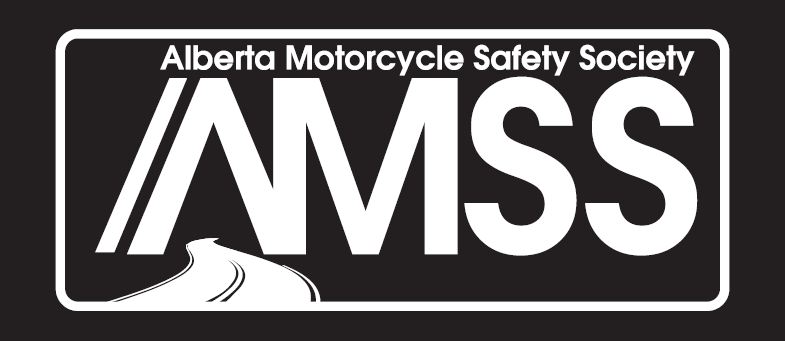Spring Maintenance
What you need to know to be safe!
By: Debbi Serafinchon
No matter what you ride, in order to keep your motorcycle in pristine riding condition, spring preparation will have you ready when the snow melts and the sun comes out. Whether you ride for pleasure, race around a track, or like to head out on some back trails, taking care of your bike will give you peace of mind and may save you expensive repairs down the road.
If you are not mechanically inclined, you can take your bike into one of the many professional shops for service. You may want to talk to your local motorcycle service location about appointments or wait times as the more the snow melts, the longer the wait time may be to book your bike in. Whether you have been carrying out the maintenance on your bike for years or this is the first year you’re going to tackle it on your own, you can use this guide.
1 - Dig out your manual
Your manual will give you all the specifics you’ll need for your bike. It is essential that you take the time to get familiar with the information that is found in it. It may have a section on spring maintenance and what you need to be ready for riding season.
2 - Fuel Tank
Gasoline is a very refined chemical composition, and it actually deteriorates very quickly. Stale gas can be problematic in stored vehicles. If you winterized your bike, you would have probably either drained the fuel or added a stabilizer to your fuel tank. Fill up your tank with a high-octane fuel before you start your bike and make sure that you have fresh gas running through the system before heading on the road.
3 - Battery
Every time a battery goes dead, the life of the battery is cut down, and it only needs for this to happen a few times before it becomes a more significant problem and needs replacing. You can prevent this by keeping your battery on a trickle charger for the entire time it is stored. Purchasing a ‘smart’ battery charger that won’t overcharge and damage your battery is an excellent choice as well. Always make sure to check your battery fluid levels before hooking it up and top off any low cells.
Keep in mind that a lithium battery has a little different maintenance method. You can still use a trickle charger but make sure it is one designed for a lithium battery. Because lithium batteries are solid-state, you do not need to check the cell levels.
4 - Tires
Because only a few square inches of rubber is what is keep the bike and you off the pavement, you should invest in some good tires. Tires should be checked before each ride so that you know they are in good riding condition each time.
When performing spring maintenance, check for flat-spotting on your tires from sitting for an extended period of time. If you notice this, bring the tire pressure up to spec (remember that manual we mentioned. Here is a good time to use it). While you’re checking the tires, now is a good time to review the wear as well. The spring is a great time to replace tires so that you can ride with confidence knowing you have good rubber all season.
5 - Fluids
Oil - Even if you changed your oil as part of your winterization process, it is recommended that you change it prior to each riding season. Every motorcycle is different and following your manual for the exact procedure, is a good choice.
Brake Fluid - One of the most neglected fluids on a motorcycle is the brake fluid. Even when your bike is sitting, the brake fluid has a tendency to absorb moisture. Top off the levels in your master cylinder, ensuring you use the correct brake fluid for your bike. Ideally, a complete flush of the brake system is recommended but ensuring it is topped up is necessary.
Coolant - Another forgotten liquid is coolant. Bring the levels up to the recommended specs during spring maintenance. You could also do a complete coolant flush and refill your system with a fresh mix if you feel it is needed.
6 - Suspension and Steering
Take the time to check for excessive wear in the steering or shock absorbers as well. This would also be the opportunity to tighten up looseness in the steering head and to check for any leaks in the fork seals.
7 - Electrical
Take the time to make sure all your lights are working and replace any faulty bulbs or fuses if needed. Check all buttons and levers for proper working condition and replace any that you feel are not.
8 - Riding Gear
Included in your spring maintenance should be a good once-over of your riding equipment. The right gear will prevent injuries that may prevent you from ever riding again. Investing in the right gear is essential to a great riding experience. Check your helmet, visor, and other equipment. How old are they? Do you trust it to protect you in a fall? Ensure that your riding gloves, jacket, and pants are still going to do the job they are intended for. Visit any of our Corporate Members to help you with your gear!
Living in a province that plays with our riding emotions in March and April can make us crazy with the desire to get back in the saddle. Take your time to ensure that your ride is ready and your gear is going to protect you. Investing in your motorcycle to keeping it in tip-top shape is not only recommended for the bike but also your peace of mind.
